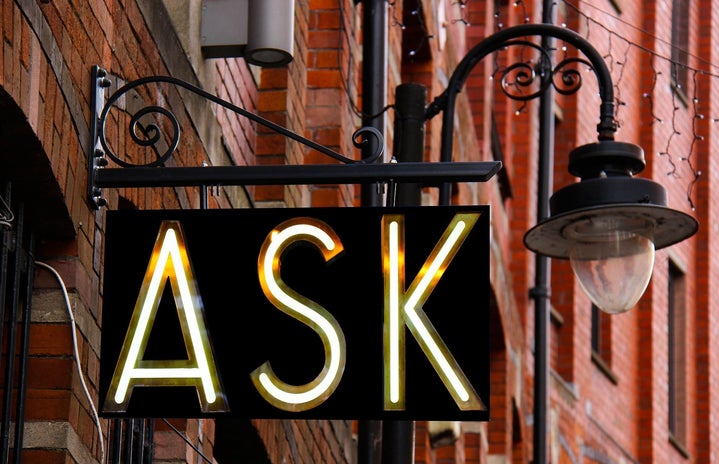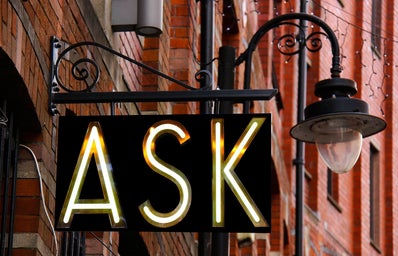As we’re moving into a more environmentally conscious era, it’s time for us women to think about one of the biggest ways that we create waste: menstrual products. Disposable pads and tampons are filling our landfills at alarming rates. In ten years of using disposable products, you’ll go through 2,640 pads and tampons. All of this waste could be traded in for a single menstrual cup, which has a lifespan of ten years. Part of the reason many women hesitate to switch is due to the uncertainty of how to deal with the switch and maintenance. Today, I hope to alleviate some of those fears and give some recommendations for your switching process.
Picking the right cup
The first step is to pick the right cup for you. This can vary based on the cup and your cervix height. Each cup comes with its own sizing instructions, so check with the brand you’re ordering from. Even though the Diva Cup is the most well known, look at the other cups to see which might work best for you. There are a variety of shapes and sizes to fit all needs, so browse around. And if you get one that doesn’t work, you can always try another brand, shape or size.
The benefits
Upfront, the cost of the cup can seem intimidating. The Diva Cup can run you up closer to $30, but there are more affordable options. I personally chose to use the Lena Cup, which is available on Amazon. There are a host of other options on Amazon such as the OrganiCup and The Pixie Cup. While the cost may be inconvenient up front, it easily pays for itself in just a few cycles.
In addition to saving money and the environmental benefits, it’s a lot more convenient than disposable alternatives. You can leave a cup in for up to 12 hours and can sleep in it as well.
Pro tips
-
The best place to change your cup is the shower. There’s no uncomfortable hobble to the sink. It’s just as easy as taking it out, rinsing it, and sticking it back in.
-
No, your cup will not get stuck. You do need to be fairly comfortable with yourself and your body to use the cup, as you’ll be taking it in and out with your fingers, but it can also be a learning process. It does get easier the longer you use it and after a few cycles, you’ll get the hang of it.
-
f you’re worried about spotting, think about grabbing some reusable pads from Amazon or Etsy. These environmentally friendly alternatives to disposable pads will save you additional money as you use them instead of their disposable cousins.
Making the jump from disposable to eco-friendly products can be intimidating. It took me a while to get the hang of it, and these are just a few things that I wish I had known going into it. After switching, I know that I’ll never go back thanks to the ease of the cup and the way that I don’t have to worry about leaking. The environmental factor is just an added benefit. Make the switch today and save the ecosystem and your money.



